ADA University
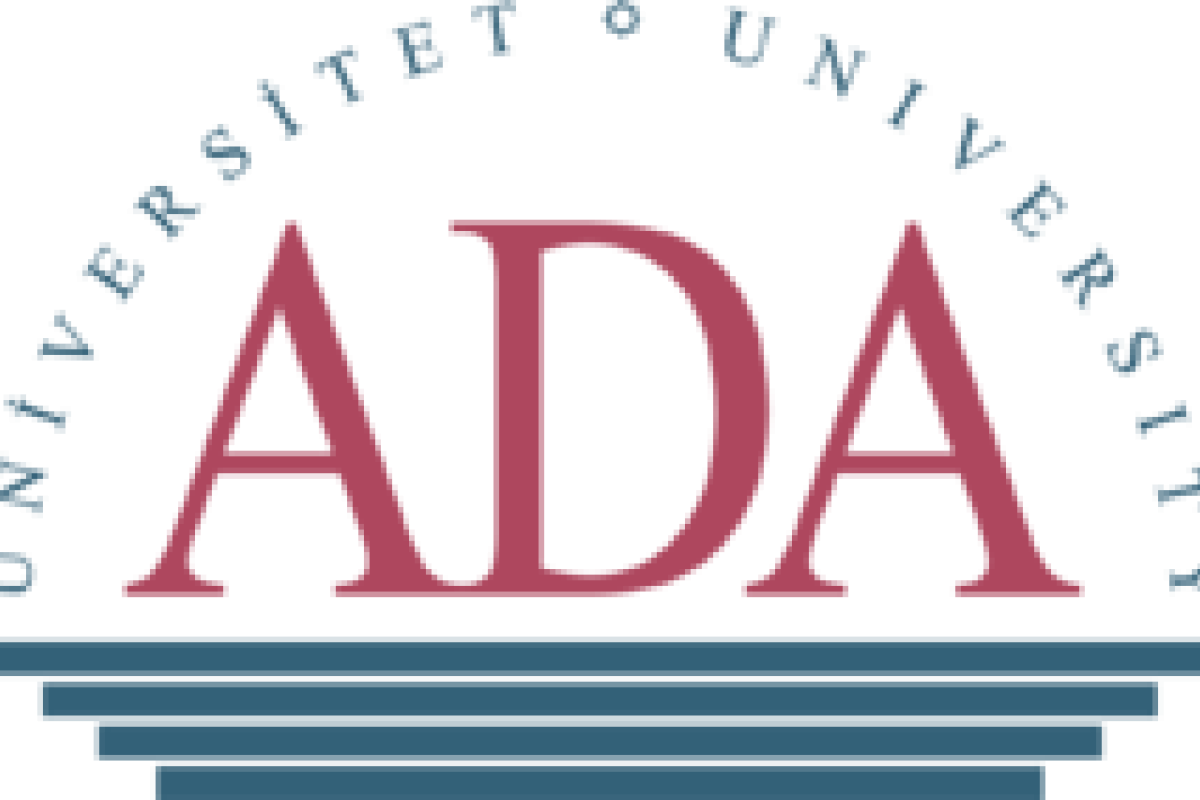
Şirkət haqqında:
ADA University was established under the decree dated January 13th, 2014, by the President of the Republic of Azerbaijan. The University is a state higher education institution engaged in the delivery of undergraduate and graduate degree programs in addition to the advancement of research.
The University is the legal heir of the Azerbaijan Diplomatic Academy (ADA) and Information Technologies University. They were merged in January 2014 to establish ADA University.
Founded on March 6, 2006, the Azerbaijan Diplomatic Academy began offering an Advanced Foreign Service Program to diplomats of the Ministry of Foreign Affairs and civil servants in the government, as of January 2007. The Academy launched its first master degree in September 2009, followed by bachelor degrees in September 2011.
Əlaqə vasitələri:
Assistant / Associate Professor in Design Methods, Processes and Tools
Department: School of Design & Architecture
Brief information about the School of Design & Architecture at ADA University
The School of Design and Architecture (SDA) is outlined in collaboration with the Politecnico di Milano in the framework of the Italy-Azerbaijan University initiative. It will offer bachelor's, master's and non-degree certificate programs in Design, Architecture and Urban Planning. ADA University is intertwined with the country’s plans, where economic and cultural growth lead the way. The urban areas are growing, and the country landscape and profile are evolving.
The School of Design and Architecture will share the polytechnic approach to Design, Architecture, and Urban Planning. Graduates will gain foundational disciplinary knowledge and practical experience, thanks to fundamental courses and the learning-by-doing educational approach that pursues up-to-date development lines in project-based design studios. The School of Design and Architecture offers an international level of study suitable for entering the job market as a junior architect or designer.
More information about SDA can be found at www.ada.edu.az/en/schools/sda
Why apply for this position
The School of Design and Architecture is the place for constant education and innovation, where students will develop the knowledge and skills to contribute to the country’s goal. Indeed, the School of Design and Architecture will raise a new generation of Designers, Architects, and Urban Planners who will participate in the country’s progress, sharing and making the vision for it.
For this purpose, the School of Design and Architecture will collaborate with public institutions to promote coordinated efforts toward progress, indicating priorities, developing projects, and anticipating future scenarios. Furthermore, the School of Design and Architecture will collaborate with local communities to promote the country’s development beyond Baku and with global partners to reach a multicultural environment and international status.
Due to this ambitious program, joining SDA will be an opportunity for academic growth and engagement within a new international community of designers and architects.
Brief description of responsibilities:
Principal responsibilities include teaching undergraduate courses in Communication Design and/or Interior Design. Candidates must have a potential or demonstrated commitment to teaching excellence, scholarly research and publication in peer-reviewed journals, and academic engagement.
Qualifications:
- Candidates for Assistant Professor must have a Ph.D. in Design or Architecture from an accredited institution or anticipate completion by August 1, 2026, or sooner.
- Candidates for Associate Professor must have a Ph.D. and evidence of quality scholarship.
How to apply:
Please, send to the e-mail address in the Apply for job button the following documents in the PDF format by August 1, 2025, 10 PM Baku time (GMT+4).
- Cover letter (max 1 page)
- Curriculum vitae
- Portfolio of personal work
- Portfolio of selected students’ works (if available)
- Summary of teaching evaluations (if available)
- A list of publications and a PDF of a maximum of three of them
Women and members of minority groups are strongly urged to apply.
Teaching Position Details in Design Methods, Processes and Tools
Description of the Disciplinary Area:
Design education in this disciplinary area is inherently interdisciplinary, integrating theoretical knowledge from various subject areas with hands-on practice through laboratory-based teaching methods. This approach bridges the gap between theory and application, equipping students with the tools to navigate complex design challenges. The process begins with the analytic phase, notably during concept definition, where students learn to frame the design context by identifying opportunities, constraints, priorities, and user interactions. They analyze artefacts, systems, and environments in terms of their formal, structural, functional, typological, and interaction characteristics. In the synthesis phase, this knowledge supports the development of design solutions by translating conceptual and communication requirements into tangible outcomes, considering appropriate formats, technologies, and assembly methods. Through this integration, students gain a methodological foundation for addressing design problems of medium complexity across diverse contexts.
Programme: Bachelor of Communication Design
Courses: Communication Design Studio 1 / Type Design 1
Description of the courses
- Communication Design Studio 1
Year: 1st
Semester: 2nd
Start dates: October 2026 (teaching starts January 2027)
The studio course* constitutes the first specific design experience students encounter in their studies. The primary aim of this studio is to provide students with the skills to frame the problematic context in terms of identifying design opportunities and constraints and making informed selections and decisions in design project development.
During the studio, students will learn to analyze communication design artifacts (for example, editorial projects such as books or magazines) in their formal, structural, functional, typological characteristics, etc. In the design synthesis phase, this knowledge is fed into project development activities that involve the ability to translate needs into requirements. This foundational training core enables students with the methodological tools necessary to effectively deal with different design issues on a medium complexity scale from the very first approach.
*Studio courses are structured in two distinct, competency-specific modules. Applicants may apply for only one module within the course, based on their relevant competencies.
- Design Process Module
Basic knowledge required to teach the course:
- Strong understanding of communication design methods and processes, with specific reference to context framing, opportunity recognition, and design constraint management.
- Knowledge of analytical tools for examining communication design artefacts in their formal, structural, functional, and typological dimensions.
- Familiarity with concept definition methodologies, including user-communication interaction analysis, information structuring, and problem-solution mapping.
- Ability to guide students in translating user and project needs into design requirements through contextual research and typological comparison.
- Experience in supporting early-stage design activities aimed at defining the scope and goals of the communication project.
- Experience in organizing and assessing students’ outcomes through examination and public display.
- Design Project Module
Basic knowledge required to teach the course:
- Proven experience in conducting communication design projects from concept development to visual and material execution, within defined constraints and user requirements.
- Knowledge of how to integrate content, form, and function in the development of communication artefacts and systems, including editorial formats and visual outputs.
- Familiarity with project-based learning methods and studio teaching strategies that support iterative design, prototyping, and refinement.
- Ability to mentor students in managing medium-complexity projects, including design synthesis, user-centred decision making, and the articulation of design proposals.
- Experience in supervising team-based design activities and supporting the development of interpersonal skills such as negotiation, leadership, and conflict resolution.
- Experience in organizing and assessing students’ outcomes through examination and public display.
- Type Design 1
Year: 1st
Semester: 2nd
Start dates: October 2026 (teaching starts January 2027)
The course provides fundamental knowledge about the visual principles of typography, an essential element of any communication project, its critical use, and its application to diverse contexts. The course aims to make students aware of the choices regarding typography through alternating theoretical lectures and short exercises.
The educational objective is to provide students with deep knowledge of the evolution of the alphabet, the history of characters, and the basics of typographic style, emphasizing 20th-century type design and application. By gaining skills in this area, students can address text composition issues, micro-typography, grid design, and page layout principles. An overview of contemporary typography will be provided to guide students towards an informed choice of reference models.
Basic knowledge required to teach the course:
- Strong understanding of the visual principles of typography, regarding 20th-century type design and its historical, structural, and stylistic evolution.
- Knowledge of typographic systems, including character anatomy, typesetting behaviour, micro-typography, grid systems, and page layout.
- Familiarity with the expressive, functional, and cultural dimensions of type and its role in supporting the communication intent within diverse design contexts.
- Ability to guide students in the critical use of typography through exercises that integrate theory, composition, and reference model analysis.
- Experience in supporting students in developing an informed and personal approach to type design as a core element of visual communication.
- Experience in organizing and assessing students’ outcomes through examination and public display.
Programme: Bachelor of Interior Design
Courses: Design Research Studio for Interior Design / Interior Design Studio 2 / Lighting Design
Description of the courses
- Design Research Studio for Interior Design
Year: 2nd
Semester: 1st
Start dates: February 2026 (teaching starts September 2026)
The studio* proposes a path aimed at learning the tools and methods of meta-design, that is, of that pre-design process oriented towards innovation through interior design. The studio envisages a methodological path of research with analysis and reading of the context, a phase of research of best practices and design inspirations and trends, a phase of definition of objectives, generation of the concept and its development up to a project defined in all its main components and the design of its communication.
*Studio courses are structured in two distinct, competency-specific modules. Applicants may apply for only one module within the course, based on their relevant competencies.
- Design Research Module
Basic knowledge required to teach the course:
- Strong understanding of meta-design approaches and pre-design processes oriented towards innovation in interior design.
- Knowledge of methods and tools for contextual analysis, including user-artefact-environment relationships, and the identification of design opportunities.
- Familiarity with research-led design practices, including the collection and interpretation of best practices, trends, and design references.
- Ability to guide students in defining design objectives, interpreting complex contexts, and generating grounded design hypotheses.
- Experience in conducting design research within multidisciplinary frameworks, including functional, cultural, and material dimensions.
- Experience in organizing and assessing students’ outcomes through examination and public display.
- Design Project Module
Basic knowledge required to teach the course:
- Proven experience in leading the development of interior design concepts into complete spatial proposals, from early vision to detailed definition.
- Knowledge of how to design spatial devices—fixed, mobile, material and immaterial—as part of coherent, context-aware systems.
- Familiarity with design processes that integrate innovation in spatial usage, production, and configuration into functional and cultural scenarios.
- Ability to supervise students in translating research and conceptual frameworks into spatial solutions aligned with identified constraints and opportunities.
- Experience in supporting students in project articulation, design detailing, and communication of interior environments.
- Experience in organizing and assessing students’ outcomes through examination and public display.
- Interior Design Studio 2
Year: 2nd
Semester: 2nd
Start dates: October 2026 (teaching starts January 2027)
This is the second Interior Design Studio* and explores a specific theme that may vary from year to year (domestic or public spaces: retails, libraries, theatres, restaurants and food shops, hotels and hospitality structures, exhibitions and museum spaces, etc). However, the project process is based on certain well-defined phases: research activities and socio-anthropological, customary, and behavioural observations linked to the specific theme to be explored; identification of significant users/targets and possible clients; collection of significant case studies about the specific theme; identification of innovative ideas concerning the various contemporary practices linked to the specific theme; design of project proposals.
*Studio courses are structured in two distinct, competency-specific modules. Applicants may apply for only one module within the course, based on their relevant competencies.
- Design Process Module
Basic knowledge required to teach the course:
- Strong understanding of design research methodologies in interior design, including socio-anthropological, behavioural, and customary observations.
- Knowledge of how to investigate project themes through the identification of target users, clients, and relevant case studies.
- Familiarity with tools for the analysis of existing architectural structures and their urban context as a basis for project development.
- Ability to guide students in framing the project context, identifying design opportunities, and developing concept-driven strategies.
- Experience in organizing and assessing students’ outcomes through examination and public display.
- Design Project Module
Basic knowledge required to teach the course:
- Proven experience in developing interior design proposals from concept to detailed definition within assigned architectural and urban contexts.
- Knowledge of technical and expressive tools for designing interior spaces, including colour, material selection, furniture systems, and equipment integration.
- Familiarity with project development at medium complexity level, including functional and aesthetic-formal criteria for interior environments.
- Ability to support students in aligning user needs, client requirements, and spatial characteristics through iterative project development.
- Experience in organising and assessing students’ outcomes through examination and public display.
- Lighting Design
Year: 2nd
Semester: 2nd
Start dates: October 2026 (teaching starts January 2027)
The teaching of lighting design aims to provide the basics of radiometry, photometry, colorimetry, visual perception, light sources, luminaires, and the design methodology useful for the design of lighting in interior spaces. The relationships between photometric quantities and the reflection factor of surfaces will be investigated. The human visual system will be studied and experiments and measurements will be carried out on refraction and dispersion, chromatic aberration, additive synthesis and coloured shadows, metamerism, visual acuity, retinal persistence, chromatic assimilation and clarity, the importance of contrast, direct and indirect light, the importance of shadow. Then a specific focus on indoor light sources: types, performance and uses, and efficiency.
Basic knowledge required to teach the course:
- Strong understanding of the foundations of lighting design, including radiometry, photometry, colorimetry, and the physiology and psychology of human visual perception.
- Knowledge of indoor light sources and luminaires, including their typologies, performance characteristics, optical behaviour, and efficiency metrics.
- Familiarity with lighting design methodology, including site analysis, definition of project objectives, and development of lighting strategies based on technical and perceptual requirements.
- Proficiency in tools and software for lighting calculation and simulation, including CAD-based systems and BIM integration for interior lighting applications.
- Ability to guide students through experimental work related to light phenomena, material interaction, and visual comfort using both quantitative and qualitative methods.
- Experience in teaching lighting design in different application contexts, including residential, commercial, exhibition, and workplace interiors.









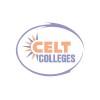


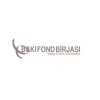



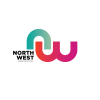





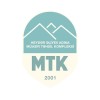


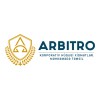





 Mobil:
Mobil:  Web:
Web:  Əlaqələri yadda saxla
Əlaqələri yadda saxla
 ADA University
ADA University